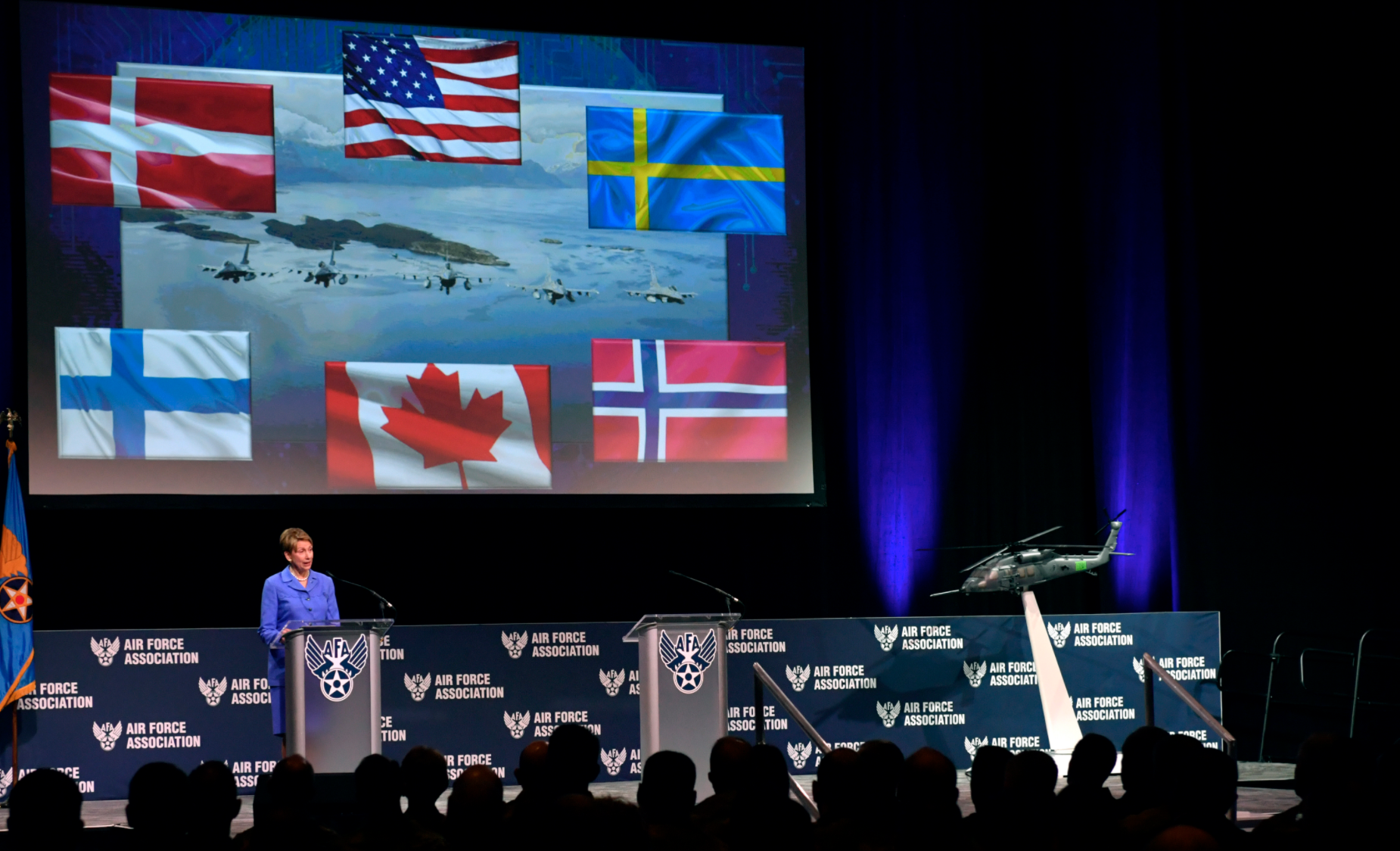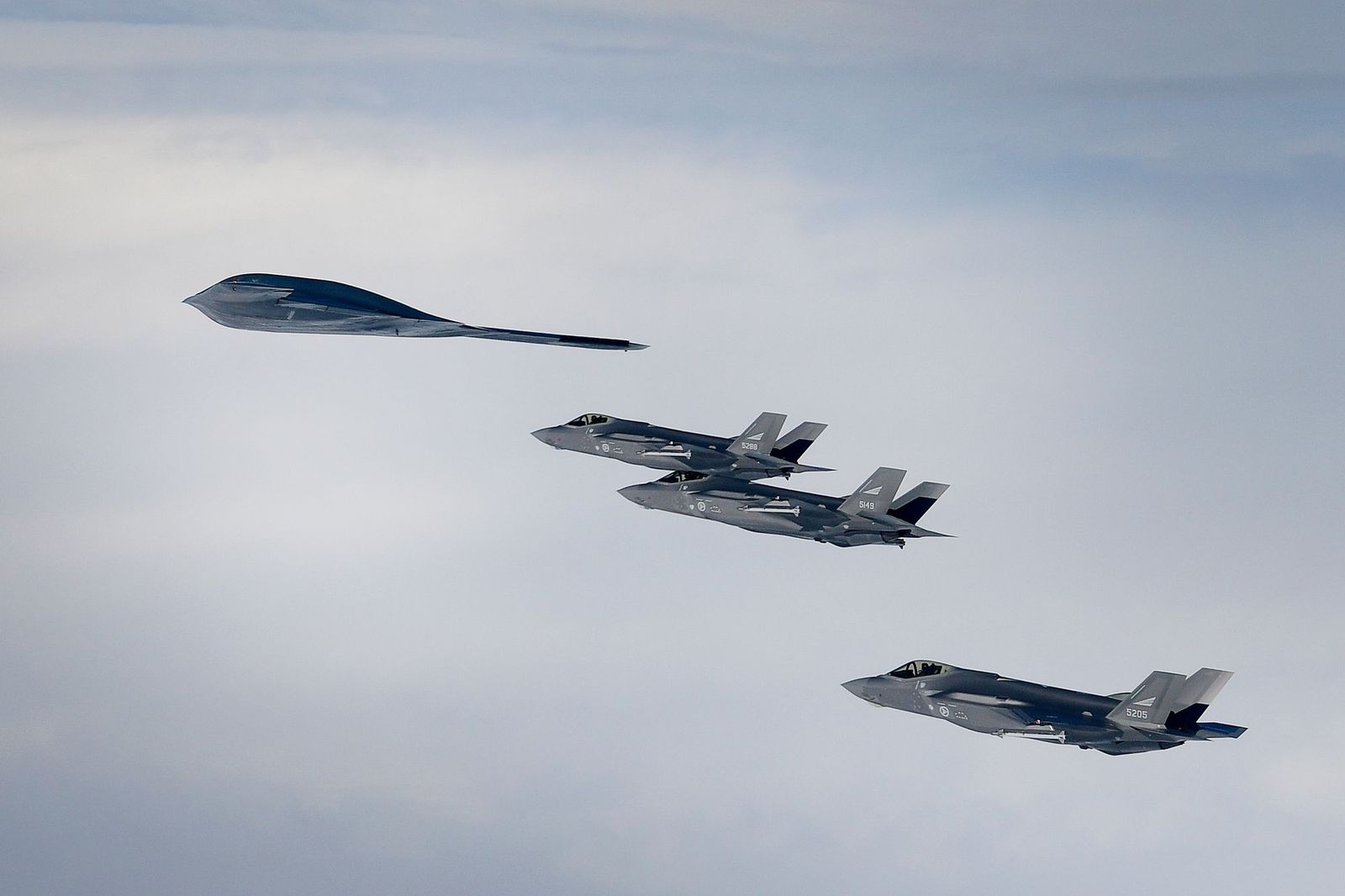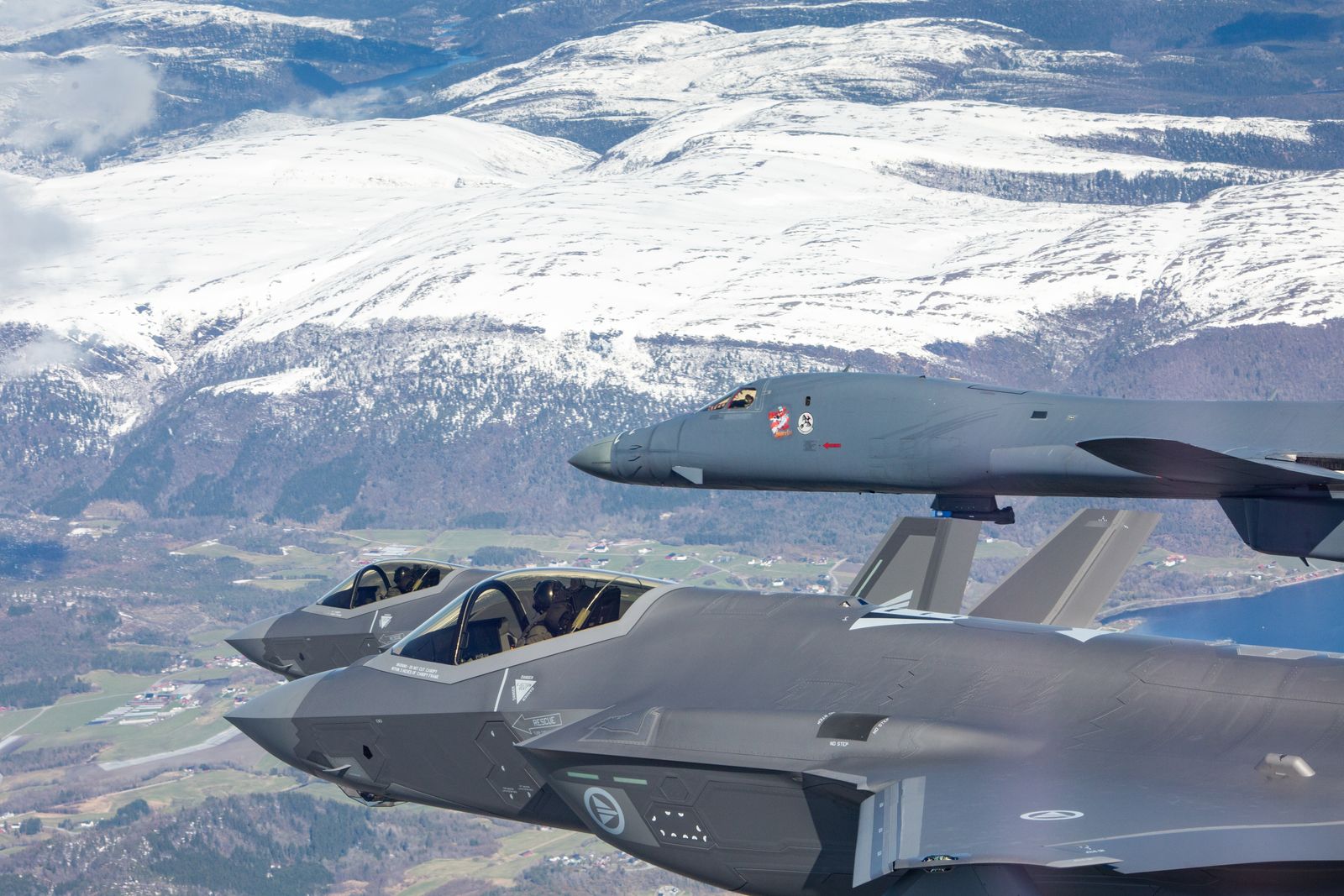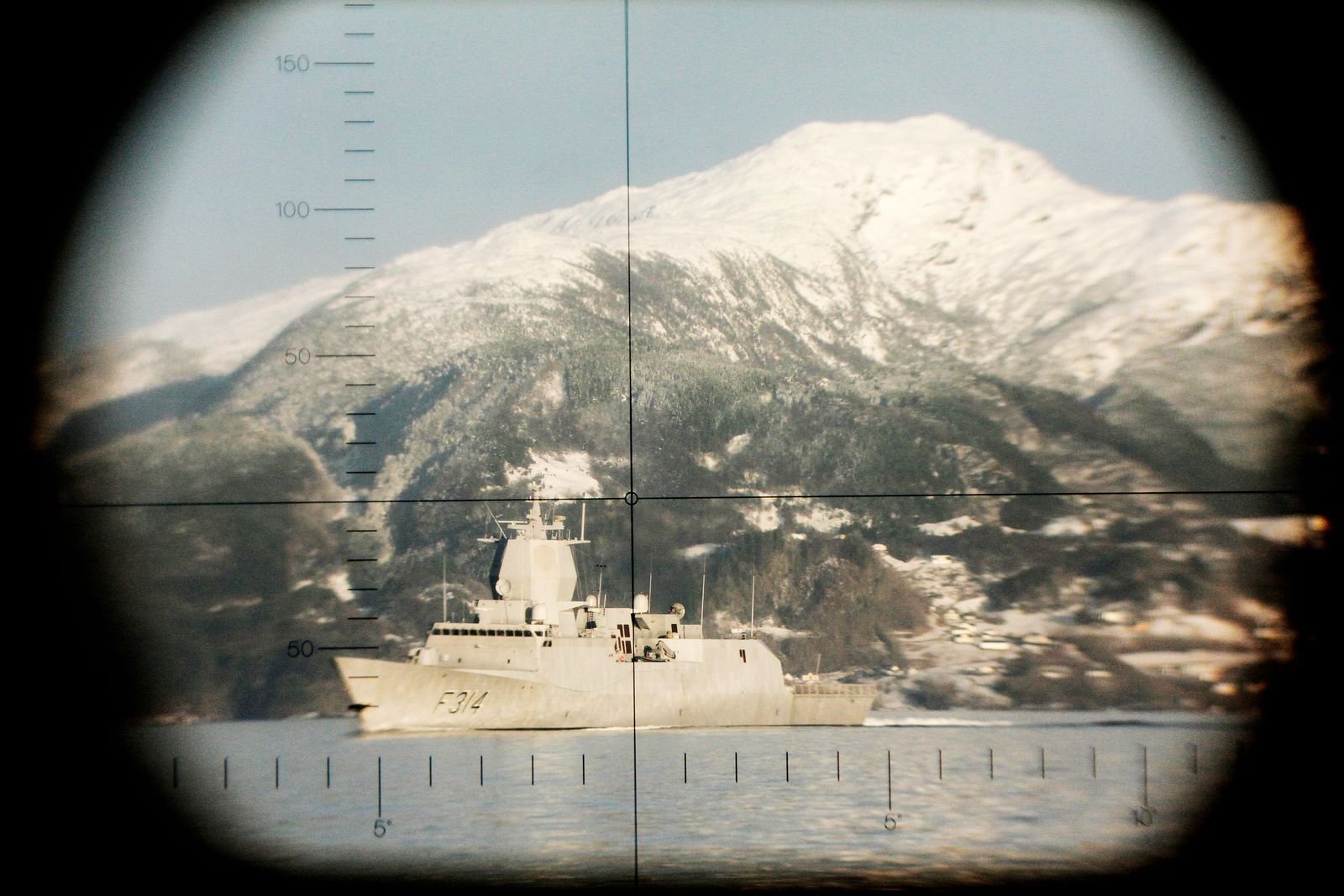Seen from a transatlantic perspective, the Nordic-Baltic corner of Europe stands out as the model student in terms of regional security and cooperation. Despite a challenging geography comprising land, sea, and air borders with Russia and a panoply of histories, cultures, and membership patterns in multinational organizations among them, these small to medium sized nations have found a way to navigate these difficulties in pursuit of their collective security and defense goals. Today, the Nordics and Baltic nations are net security contributors in both their own regions and beyond.
While the countries of the region have been linked for centuries, the value of these historic and cultural ties became apparent in early 1990s with the fall of the Berlin Wall and end of the Cold War. Among the Nordic themselves, NATO members Denmark, Iceland, and Norway had to find mechanisms for cooperating with non-aligned Finland and Sweden. By sheer nature of their geographic proximity, a conflict in any one of these countries would inevitably affect the others. Likewise, the Nordics were early supporters of Baltic independence and first out the gate in providing economic and political support once they gained it. Regional security organizations such as Nordic-Baltic cooperation helped to reinforce regional security on both shores of the Baltic and North Seas and to prepare the Baltics for eventual membership in NATO and the EU. This good neighborhood policy extends even to Russia where the Nordic and Baltics nations, many of whom share a border with Russia or host Russian diaspora within their borders, seek to balance a strong deterrence and defense with pragmatic cooperation in areas such as search and rescue or border security.
Yet beyond this cooperative mindset, what is the formula that enabled this success, and how can it be sustained? What remains to be done? Finally, what expectations do the United States and NATO have for this subset of Allies and partners, within the European theatre and globally? The United States’ 2018 National Defense Strategy talks about the importance of leveraging Allies and partners, but it is not clear how this is being implemented. And while the Nordic-Baltic nations are proactive in asserting their respective ideas and visions, these need to be aligned with overarching strategies and broader priorities.
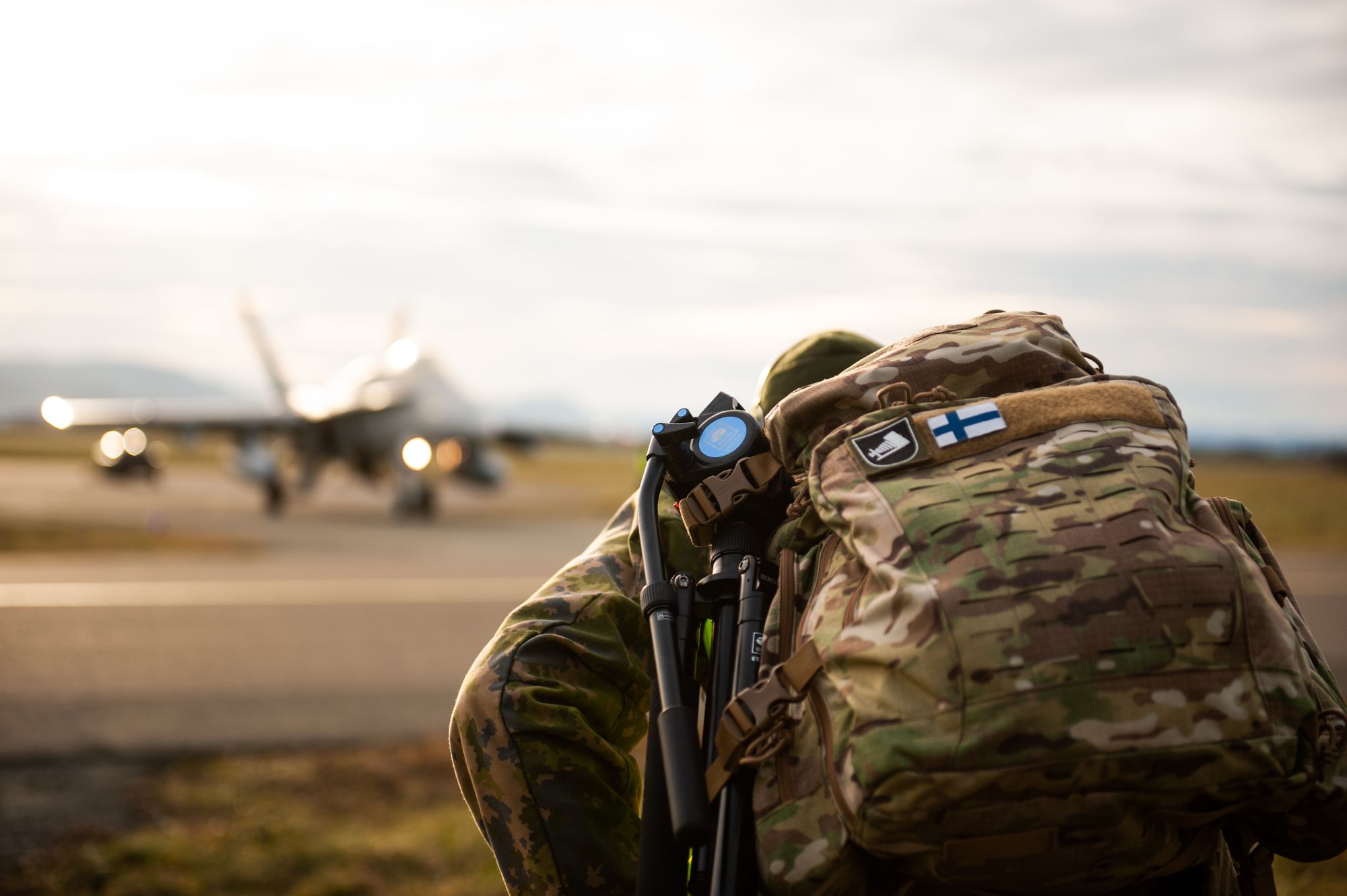
The Nesting Doll Approach
The geographic and organizational realities of the Nordic-Baltic region have led to a bottom-up, layered ‘nesting doll’ approach to security and defense. At the core, the countries of the region have focused on shoring up their national defense. This includes investment in both military capabilities and societal resilience. For NATO members Estonia, Denmark, Iceland, Latvia, Lithuania, and Norway, this meets their commitment under Article 3 of the North Atlantic Treaty, which calls for Allies to “maintain and develop their individual and collective capacity to resist armed attack”. For NATO partners Finland and Sweden, the imperative of self-defense is even greater, as they cannot rely on Allies to come to defend them in a crisis so must provide for their own defense. In both cases, the so-called time-distance gap means there will be an initial period where countries must ‘hold out’ until reinforcements arrive.
The second layer consists of bilateral and trilateral arrangements meant to reinforce national defense. These are focused on facilitating the support of likely ‘first responders’, namely those countries who are likely to take action early in a crisis whether due to proximity or capability. In the case of the NATO partners Finland and Sweden, such bilateral and multilateral arrangements offset some of the risk associated with not being members of NATO. The bilateral US-Sweden and US-Finland working groups and trilateral US-Sweden-Finland Trilateral Statement of Intent, for example, commits to enhancing cooperation on defense policy dialogue, regional situational awareness, capabilities and posture, combined multinational operations, strategic communications, and U.S.-NATO-EU cooperation. In this way, Allies and partners will have clearer understanding of one another’s expectations and capabilities. Supplementing this, there are a number of Host Nation Support Memorandums of Understanding and Mutual Access Agreements among the Nordic nations that ensure ‘easy access’ to one another’s airfields and reception facilities in both peacetime and crisis. On the operational side, the 2017 Statement of Intent among Norway, the United Kingdom, and the United States outlining their cooperation on P-8 Poseidon maritime reconnaissance aircraft is a cost-effective way of meeting a shared requirement.
At the third layer are the various regional security arrangements such as Nordic Defense Cooperation (NORDEFCO) and the Northern Group. The latter encompasses not only the Nordic and Baltic countries but also Germany, Poland, the Netherlands, and the United Kingdom. The more structured nature of NORDEFCO, for example, has enabled information sharing on regional security challenges and alignment of contributions to international missions as well as the establishment of a Secure Commutations System and enhanced air surveillance capabilities. Such regional mechanisms are less developed among the Baltic states, but awareness of the value of a more regional approach is growing (see next steps). In the meantime, NORDEFCO is taking steps to enhance cooperation and dialogue between the Nordic and Baltic countries. The Nordic and Baltic countries participation in the UK-led Joint Expeditionary Force (JEF) is another manifestation of this layer of cooperation, building greater levels of integration among these countries’ forces with a view to rapidly projecting power together in a range of scenarios.
Finally, the outermost, overarching protective layer is provided by multilateral institutions – in this case NATO, the European Union (EU), and, more distantly, the United Nations. The value of NATO lies in its integrated command structure, force generation process, interoperability standards, and political and military decision-making structures. To the extent possible, NATO partners Finland and Sweden have also aligned themselves with these mechanisms. With 6 of the 8 Nordic-Baltic countries as members of the EU, they have been leading proponents of a close NATO-EU relationship. The EU’s economic and diplomatic power complement NATO’s military might, and many of its tools – for example in the cyber, space, and resilience arenas – are better for addressing today’s non-kinetic challenges.
Ensuring Coherence
Sustaining and reinforcing this solid deterrence and defense base that the Nordic and Baltic countries have put in place should be a priority for NATO and the United States. First and foremost, they need to ensure the various layers can operate together as an effective whole. For while the layered approach has helped smooth the institutional and geographic seams present in the Nordic-Baltic geography, they are not always coherent.
A first step should be ensuring coherence in terms of planning and command and control (C2). With the exception of NATO’s graduated response plans, national and regional defense plans are not usually drafted with Allies and partners at the table. As such, these plans often make assumptions about the capabilities and intent of other countries without those countries’ input. The risk is, for example, that country X makes an assumption that country Y will be an early responder in a crisis, but country Y has assigned its rapid response forces to another purpose. While recent efforts to use scenario-based planning or tabletop exercises to address this have been helpful, such efforts are far from comprehensive. If they are to deploy forces at the division level, Allies and partners must also train and plan at this level. In this respect, the various multinational division-level headquarters that have been stood up in European can play a role an important integrator role among national plans, as well as between these plans and NATO’s graduated response plans.
Multinational Division-North, stood up by Denmark in 2019, is a natural fit for supporting the Baltic states’ defense planning, to include ensuring the three Baltics’ national plans complement one another and are integrated with those of the Nordics and NATO. In turn, this will contribute to NATO readiness by improving command and control relationships among the Nordic-Baltic countries. The Polish-led Multinational Division-North East could then focus on the link between Poland and continental Europe, working closely with Germany, for example drawing on its newly established Baltic Maritime Component Command. In the High North/Barents Sea region, Norway’s Joint Operational Headquarters in Bodø is already playing this integrator role and will be attached into NATO’s force structure pending the approval process . By assigning these headquarters responsibility for a specific area of operations, they can better clarify command relationships, integrate national headquarters and forces, tailor exercises and training, and pursue division-level enablers specific to their regional needs.
To be sure, realizing this rationalization will be difficult. As the 2018 NATO Force Structure Adaptation revealed, it is easy to stand up new command structures, but harder to stand them down. Ideally, the so-called NATO Force Integration Units (NFIUs) in the frontline member states of Central and Eastern Europe, would be subsumed into these regionally-focused division level headquarters to allow unity of effort and best use of limited resources.
Fostering Greater Regional Cooperation among the Baltics
A second step to improve the staying power and effectiveness of Nordic-Baltic security is for the Baltic nations to adopt a more regional approach to their collective security. While they have achieved much individually, their relatively small militaries (some 30,000 active duty forces combined) and defense budgets (estimated at €2.1 billion combined for 2019) puts some needed capabilities and military requirements out of reach.
As noted above, a successful regional approach begins with more integrated planning. Regionally-focused division level headquarters are ideal to drive this and to rationalize command and control relationships. In terms of capabilities, key capabilities and enablers still lacking in the Baltics include integrated air and missile defense as well as maritime domain requirements. On the former, the U.S. Congress is already thinking in terms of a regional approach. The 2020 National Defense Authorization Act provides $125 million in general military aid to the Baltics, with a separate provision of an additional $50 million to boost regional integrated air defense capabilities. With regard to cooperation in the maritime domain, steps might include joint acquisition of electronic warfare systems and enhancement of existing Intelligence Reconnaissance and Surveillance (ISR) capabilities, to include joint processing, analysis, and dissemination of this intelligence to sharpen the accuracy of indicators and warnings for NATO. To be sure, Nordic security cooperation has shown that it is not easy to align national requirements and acquisition processes, muchless budgets and political will, in a way that allows for large-scale joint procurements. Because of this, NATO, the United States, and Nordic countries will be vital to encouraging and incentivizing such cooperation among the Baltic States. Specifically, NATO should use the NATO Defense Planning Process, and the EU initiatives such as Permanent Structured Cooperation and the European Defense Fund, to push the Baltic states in this direction. NORDEFCO also plans to take this on, using the 2020 Nordic Defence Industry Seminar to begin the conversation. For its part, the United States should continue to allocate security assistance funding in a pooled manner, working closely with EUCOM to help the Baltics states identify and tailor their specific shared requirements.
Solidifying the Transatlantic Link
Finally, and perhaps most importantly, Nordic-Baltic security must be seen as part of a security continuum that encompasses not only the Baltic, Barents, and North Seas but also extends across the North Atlantic and to North America. While each of these sub-regions has its own unique challenges and requirements, adversaries treat them as a single area of operations, in peacetime as well as in crisis. For example, given Russia’s preference for using so-called hybrid measures that fall below the threshold of military conflict, bypass normal means of detection and attribution, and target non-military assets, it is essential that NATO Allies and partners are in close communication on what they are observing in various countries and sub-regions. In the event of a military conflict, NATO (or a coalition of Allies and partners outside the Alliance) would rely on rapid reinforcement from within Europe and North America, making it essential that land, air, sea, and communications links between and within the two continents are accessible and secure.
The 2018 NATO Command Structure Adaptation that led to the (re)establishment of 2nd Fleet and a third NATO operational headquarters at Joint Forces Command Norfolk, is an essential first step in ensuring continuity of operations across the Atlantic. At Norfolk, the two entities are collocated, and Allies and partners are deeply integrated into the staff and command network in order to foster this transatlantic integration. In the coming years, Norfolk, working with NATO and national command elements in Europe, will test and refine transatlantic force integration, for example through large-scale reinforcement exercises such as DEFENDER 2020 and joint carrier strike group deployments. Concurrently, work must continue outside of the NATO framework as well to ensure partners Finland and Sweden are integrated. Here, the Nordic-Baltic-US format, initiated in 2016, provides a good format for comparing threat assessments, sharing information and intelligence, and identifying capability and resources gaps. In recent years, the group has held focused discussions on cyber; maritime domain awareness and maritime capabilities; and security in the Arctic. Once again, the participation and leadership of the United States will be essential in moving cooperation format in this format.
Conclusion
Taken together, the security and defense picture in the Nordic-Baltic region is a positive sum game. Not only have the countries of the region organized themselves in a way that aims to overcome preexisting geographic and political seams in order to enhance their collective security, they have also successfully advanced improvements to the NATO and U.S. approach to the region. NATO’s adapted command structure; its enhanced Forward Presence in the Baltics and Poland; and U.S. Marine Corps participation in multinational cold weather training in Norway are all testament to this. But the job is not complete, and current progress should not be taken for granted. Sustaining and advancing Nordic-Baltic security and, by extension, that of the transatlantic space, requires continued focus on ensuring coherence among national, regional, and multinational efforts and advancing regional and transatlantic force and capability integration. Given the proven willingness of the countries of the Nordic-Baltic region to be proactive advocates for an investor in their own security and defense, a bit of U.S. leadership will go a long way.
Denne artikkelen var først publisert i Luftled 1-2020.
Foto: Secretary of the Air Force Barbara Barrett delivers remarks during the Air Force Association’s Air Warfare Symposium in Orlando, Fla., Feb. 27, 2020. The three-day event is a professional development forum that offers the opportunity for Department of Defense personnel to participate in forums, speeches, seminars and workshops with defense industry professionals. (U.S. Air Force photo by Wayne Clark)


